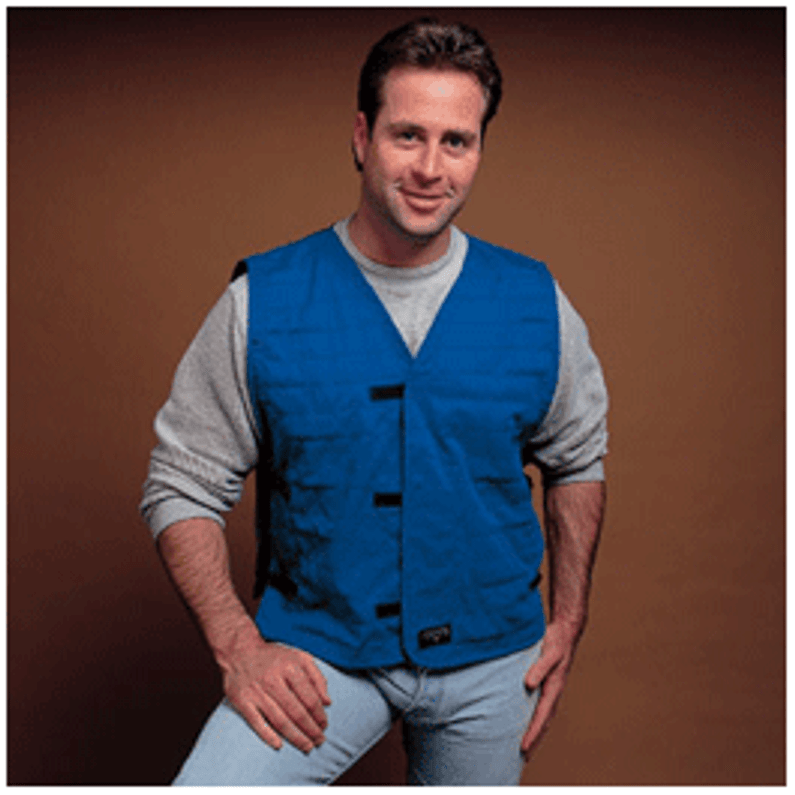Cooling Vest: A Unique Tool to Protect Against Heat-Related Illness
Heat-related illness is a concern when working outdoors during the summer months. According to the U.S. Bureau of Labor Statistics (BLS), it's responsible for about a dozen deaths and serious injuries per day in the United States.
As your body's internal temperature begins to rise, you may experience symptoms such as fatigue, nausea, sweating and vomiting. If left unchecked, these symptoms can progress into heat exhaustion or heat stroke. A cooling vest, however, is a unique tool that can lower your risk of heat-related illness when working outdoors.
What Is a Cooling Vest?
A cooling vest is a sleeveless vest that's designed to lower your body temperature when worn. They look like traditional vests. Cooling vests, though, are unique in their cooling abilities. By wearing a cooling vest, you can stay cool even in otherwise hot conditions.
There are several types of cooling vests, each of which uses a different method to lower your body temperature. Evaporative cooling vests are submerged in water, whereas ice-chilled cooling vests contain ice packs that you can remove to freeze. Other types of cooling vests include phase change material and thermoelectric. Regardless, they are all designed to lower your body temperature when worn.
Benefits of Wearing a Cooling Vest
Depending on your job, you may not have the option of working in an air-conditioned space. Some jobs require working outdoors -- even during the hot summer months. Fortunately, you can keep cool by wearing a cooling vest. While they work in different ways, they will all lower your body temperature when worn.
Cooling vests are relatively inexpensive. You can find them for as little as $30 to $50, with some of the higher-priced models costing about $100 to $200.
How to Choose the Right Cooling Vest
If you're going to buy a cooling vest, you'll need to choose the right type. As previously mentioned, there are several types of cooling vest. Evaporative and ice-chilled are the most common types. The former requires submerging in water, which makes it cool. The latter requires removing and freezing the ice packs, which also makes it cool. You can't go wrong with either an evaporative or ice-chilled cooling vest.
Don't forget to choose a cooling vest in the right size. Like standard vests, cooling vests are available in different sizes. You won't be able to comfortably wear a cooling vest if it's too big or too small. Whether you're buying it online or locally, you need to choose a cooling vest in the right size.
Recent Posts
-
Fire Safety in the Workplace: What You Need to Know
What steps are you taking to prevent fires in your workplace? According to the U.S. Occupational Saf …Aug 23rd 2023 -
Is It Safe to Go Jogging With a Cold Infection?
If you're suffering from a cold infection, you might be wondering whether it's safe to go jogging. T …Aug 22nd 2023 -
5 Safety Tips to Follow When Using a Powder-Actuated Tool
Powder-actuated tools are commonly used to join materials to steel and concrete. Also known as Hilti …Aug 20th 2023




